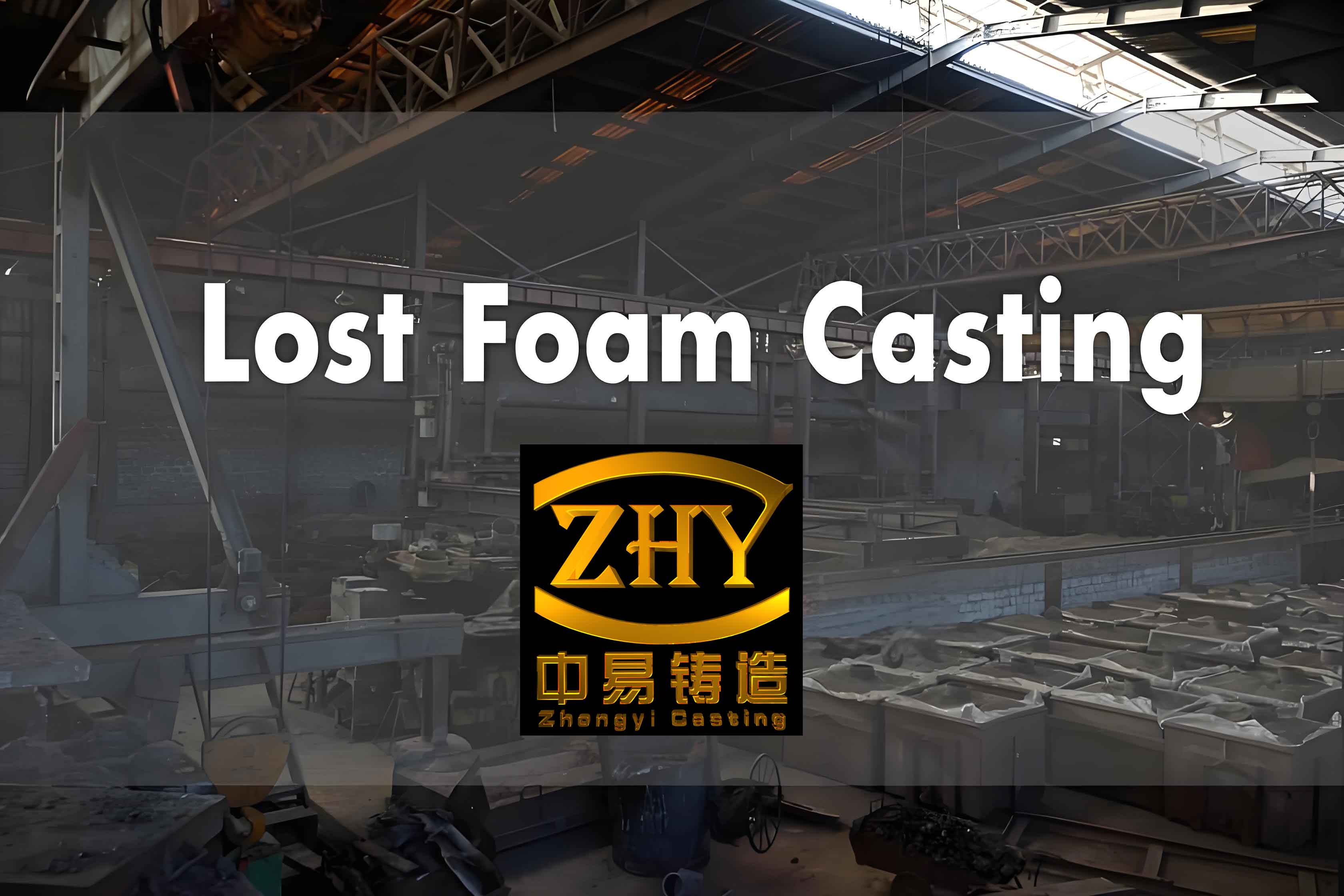
Abstract
This article delves into the multifaceted challenges and corresponding solutions associated with the optimization of the lost foam casting process. Lost foam casting, a revolutionary manufacturing technique, holds immense potential but also presents several hurdles that need to be overcome for achieving superior quality and efficiency. Through comprehensive analysis and real-world examples, this paper aims to provide valuable insights and practical strategies for industry professionals and researchers.
1. Introduction
Lost foam casting process has emerged as a game-changer in the field of metal casting. It offers several advantages such as complex shape production, reduced machining requirements, and improved dimensional accuracy. However, like any manufacturing process, it is not without its challenges.
2. Challenges in Lost Foam Casting Process
2.1 Pattern Manufacturing
The creation of the foam pattern is a critical step. Challenges include achieving precise dimensions, maintaining uniform density, and ensuring the integrity of the pattern during handling.
2.2 Foam Degradation
The foam used in the process is prone to degradation under high temperatures, which can lead to defects in the final casting.
2.3 Metal Penetration
There is a risk of metal penetrating the foam, causing surface roughness and affecting the mechanical properties of the casting.
2.4 Gas Entrapment
Entrapped gases can result in porosity and other defects within the casting.
3. Solutions to Overcome the Challenges
3.1 Advanced Pattern Manufacturing Techniques
- Use of computer-aided design (CAD) and computer-aided manufacturing (CAM) for precise pattern design.
- Incorporation of 3D printing for complex patterns.
3.2 Improved Foam Materials
- Development of high-temperature resistant foams.
- Research on foams with enhanced degradation resistance.
3.3 Optimization of Pouring Parameters
- Controlled pouring speed and temperature to minimize metal penetration.
3.4 Efficient Venting Systems
- Design of proper venting channels to remove entrapped gases.
4. Experimental Studies and Case Examples
4.1 Case Study 1: Automobile Component Casting
A detailed account of how challenges were addressed and the resulting improvement in quality and productivity.
| Parameter | Before Optimization | After Optimization |
|---|---|---|
| Dimensional Accuracy | ±0.5 mm | ±0.2 mm |
| Surface Roughness | Ra 6.3 | Ra 3.2 |
4.2 Case Study 2: Aerospace Component Casting
Highlighting the specific solutions implemented and their impact on the performance of the castings.
| Parameter | Before Optimization | After Optimization |
|---|---|---|
| Mechanical Properties | Yield Strength: 350 MPa | Yield Strength: 450 MPa |
| Porosity | 5% | 2% |
5. Future Trends and Research Directions
The field of lost foam casting is constantly evolving. Emerging technologies such as additive manufacturing integration and smart monitoring systems hold promise for further optimizing the process.
6. Conclusion
The lost foam casting process offers significant potential but requires a systematic approach to address the challenges. By implementing the proposed solutions and continuous research and innovation, the industry can unlock the full benefits of this advanced casting technique.
It is important to note that ongoing research and practical experience sharing among industry players will be crucial for the continued improvement and widespread application of the lost foam casting process.
